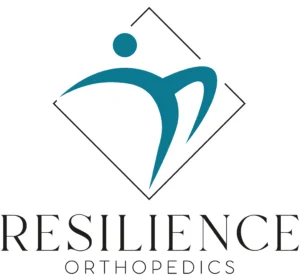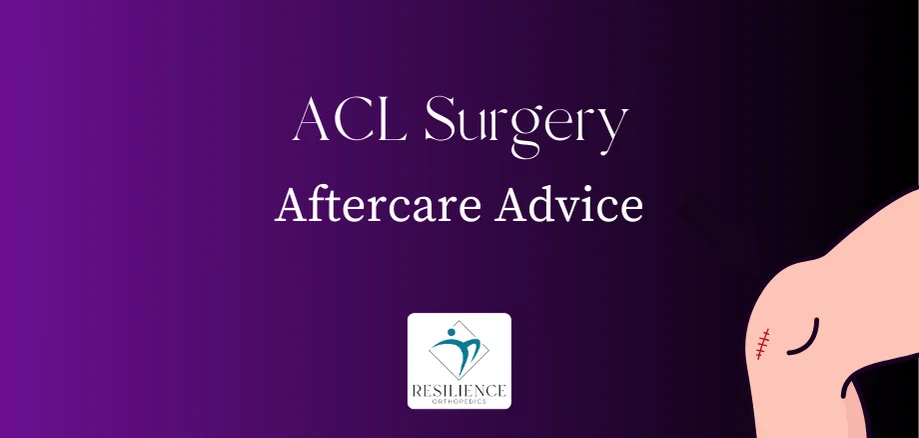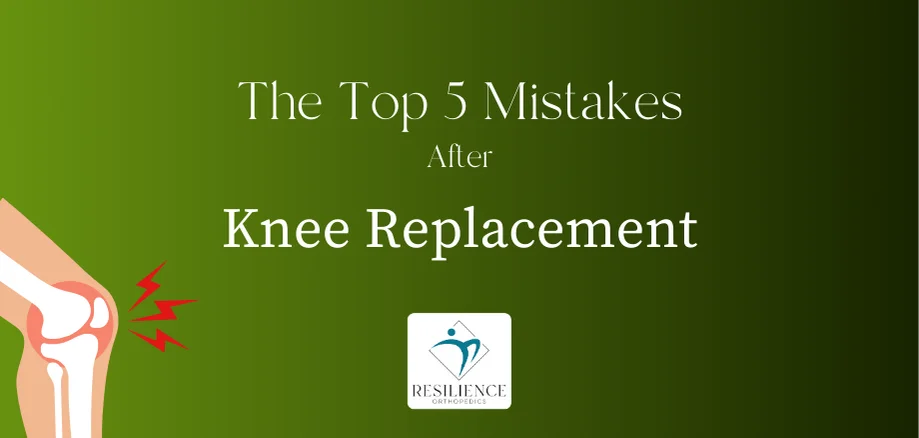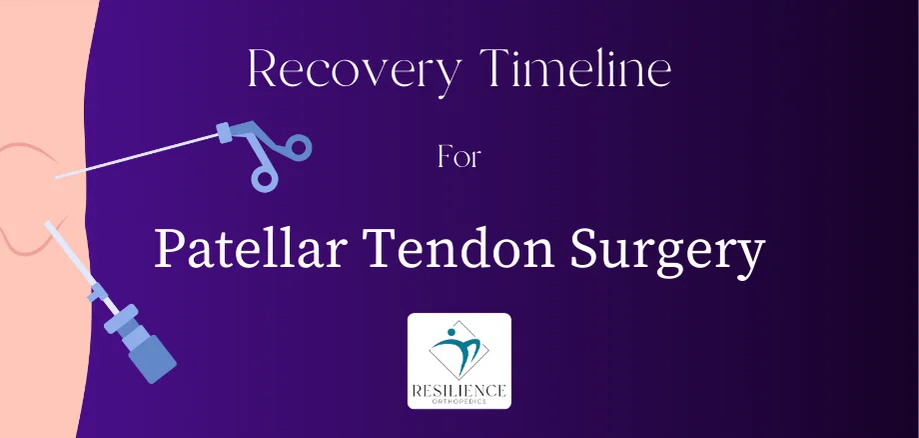Table of Contents
The road to recovery post-ACL tear surgery is an adventure, filled with both little hiccups and significant leaps forward. The silver lining? Armed with proper aftercare strategies your recovery will be a breeze, even if your knee occasionally seems to have a mind of its own.
Eager to tread this recovery path with ease? Here’s your guide to:
- Knee popping after ACL surgery
- Dealing with bruising
- Caring for your surgical scar
- Keeping your knee happy while showering
- Sleeping successfully
- Get back to driving
In this article, we’ll delve into these crucial aspects, offering knowledge at each phase of your recovery. It’s also important to follow instructions from your surgeon on ACL surgery aftercare, such as exercises, physical therapy, and medical check-ups.
Book a Consultation with Dr. Pamela Mehta, MD
The Best Orthopedic Surgeon in San Jose
Dr. Mehta is a board-certified orthopedic surgeon who can help you recover from your joint condition. If you:
- Are Suffering From Pain and Mobility Issues
- Need Orthopedic Assessment and Advice
- Want Treatment From a Top Orthopedic Doctor
We Can Help
General Aftercare Following ACL Surgery
There’s a lot to take in after you’ve had your ACL repair. It might be hard to take it all in while recovering from a major procedure!
Immediately after your knee surgery, it’s most likely you’ll recover for a few hours in hospital, then head home. You’ll need a lot of help at first, to complete tasks such as:
- Washing
- Dressing
- Shopping
- Cooking
Full recovery from surgery takes up to 6 months. However, you might be ready to look after yourself after a week or two, to make sure you don’t get any further knee problems.
When you first go home, you’ll need to look after your knee carefully. It’s healing, fragile, and often painful. At first, this might include measures such as:
- Elevating your knee on pillows to reduce swelling
- Keeping your surgical scar dry
- Using crutches to move around until directed
- Wearing your knee brace as directed
After 2-3 weeks you’ll be able to fully weight bear on your leg. During this process (and usually before it) your doctor will prescribe physical therapy. You will start with gentle exercises 1-2 weeks after your procedure, gradually moving on to strengthening exercises.
It might take up to 6 months of physical therapy before you’re able to move without limitations. Until then it’s important to be patient – follow advice from your doctor to avoid causing knee injury.
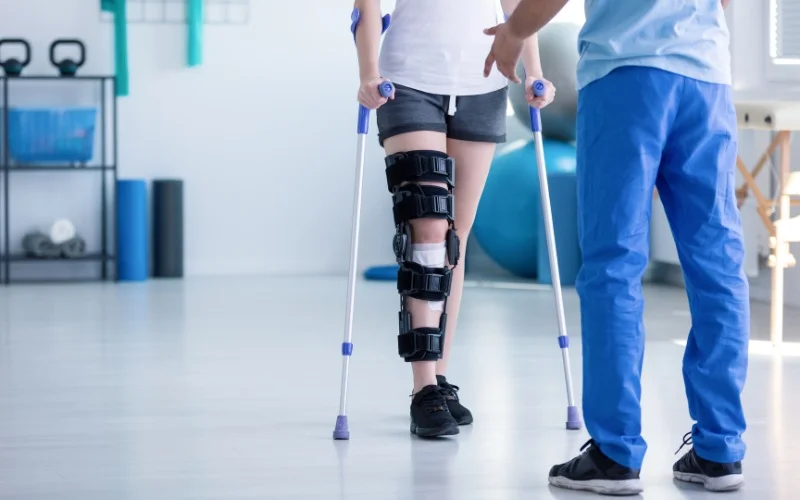
Understanding Knee Popping After ACL Surgery
Post-ACL surgery, your knee might start making some unusual and concerning sounds.
Don’t panic! Occasional popping or cracking sounds are part of the normal healing process. This is often due to the knee adjusting to new grafts or changes in joint fluid.
So, why does your knee pop after ACL surgery? During this procedure your knee goes through a lot. It’s adjusting to the changes, healing, and sometimes that results in noisy protests.
However, it’s important to know when your popping knee warrants a call to your doctor. This is simple simple: if it’s accompanied with pain or discomfort, that’s your cue to check in with your surgeon. They are the experts at working out if it’s a bad sign, or just a normal part of healing.
So, next time your knee pops, don’t panic. It’s just part of the journey to recovery. But remember, if you get pain alongside the noises, it’s time to have a chat with your doctor.
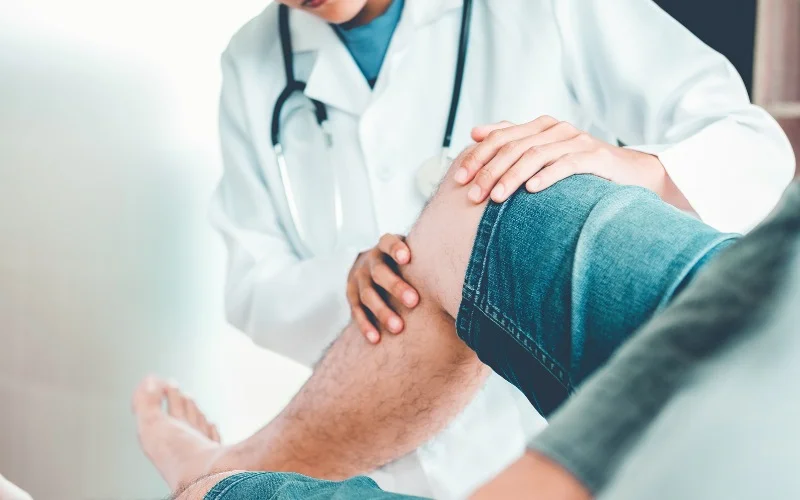
Managing Bruising After ACL Surgery
Don’t be startled if you spot shades of blue, purple, or even yellow around the surgical site. This colorful display is just part of the body’s natural healing process. After all, in order to heal the joint, we have had to cut, stitch, and staple parts of it back together. Bruising is completely normal after ACL surgery.
Why is my knee bruised?
Post-surgery, it’s typical for bruises to bloom around your knee. These are due to surgery-induced soft tissue trauma and bleeding. However, this is completely normal, and these indicate healing and blood flow adjustments.
These bruises usually start off bold and gradually fade into softer hues.
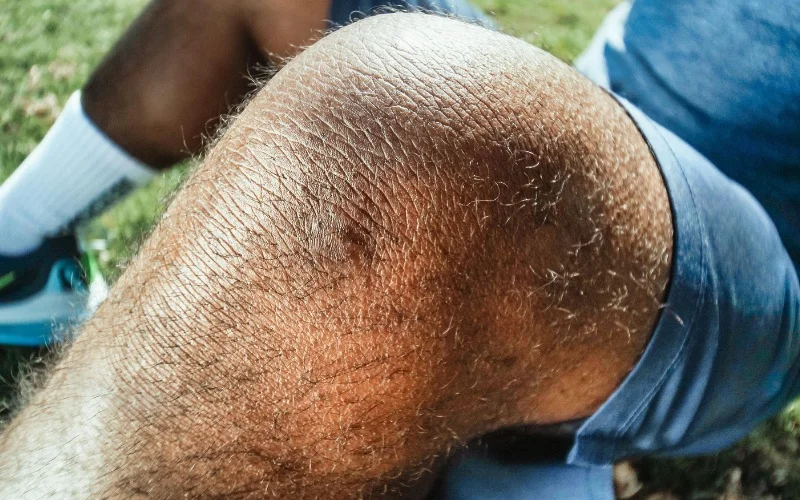
Monitoring bruising
While bruises are normal, they’re also a good clue to tell you how your recovery is going.
Keep an eye on their color, size, and spread. If they start spreading far from the knee, turn dramatically dark, or are accompanied by increasing knee pain and swelling, it’s time to give your surgeon a ring.
They’re the experts at interpreting these colorful signs.
How to improve brusing
To help your knee heal from bruises faster, try these simple at-home tips:
- Elevation. Prop your leg up on pillows to help reduce blood flow to the area and thus the bruising.
- Cold Compress. Apply a cold pack (wrapped in a cloth to avoid skin damage) to the bruised area, reducing swelling and bruising.
- Gentle Movement. Keep moving within your comfort zone, promoting blood circulation and healing.
Remember, every knee paints its own recovery story.
But if your bruising seems more like an abstract art piece that’s hard to interpret, your surgeon is the person to consult. They’ll help ensure your recovery is on track!
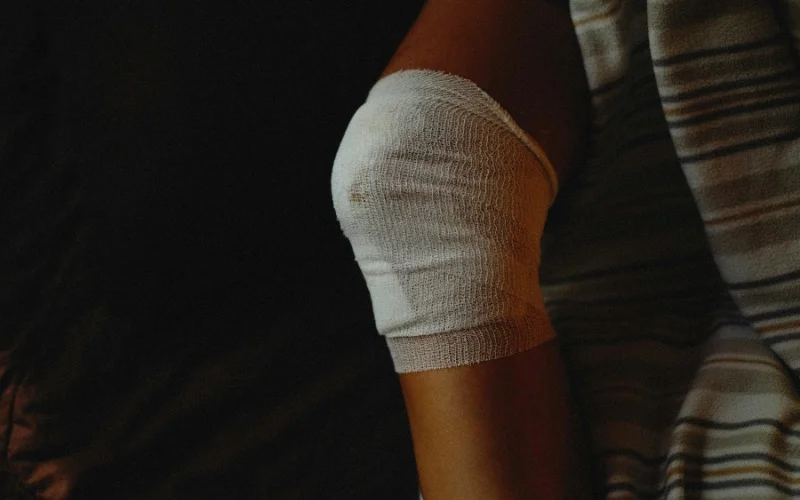
How to Shower After ACL Surgery
You might be feeling confused or concerned about washing after you’ve had knee surgery. After all, you have a healing wound that needs to stay dry. Keeping your surgical area safe while you get squeaky clean is crucial after you’ve had ACL surgery.
Immediately after your surgery you’ll have a dressing on your knee. Your doctor will likely tell you to avoid showering until your dressing can be removed.
It’s also likely that your knee will be locked in a brace while you’re in crutches. Ask your physical therapist how to remove this for when you shower.
Here’s how to make your shower both refreshing and injury-free:
1. Waterproofing
First things first, let’s talk about keeping that surgical area dry. You don’t want it to get wet until your doctor gives the all-clear. Waterproof covers or plastic wraps secured with tape help you to keep the wound nice and dry while taking a shower.
Once your stitches or steri-strips have been removed, you should be okay to shower without waterproofing. Make sure you dry the scar well.
2. Keeping Stable
Getting in and out of the shower can feel like a balancing act, especially if you’re feeling a bit wobbly post op. To avoid any slippery mishaps, consider using a shower chair or bench.
Sitting down while showering isn’t just relaxing; it’s a safety net for your knee.

3. Non-Slip Tactics
Your bathroom can turn into a slip-and-slide if you’re not careful. Place non-slip mats both inside and outside the shower. These will keep you steady and upright, avoiding bathing-related accidents.
4. Staying Steady
Grab bars in the shower aren’t just for decoration.
They’re there to give you extra support. Hold onto them as you move in and out of the shower. They might not look elegant, but they could save you from another procedure.
5. The Art of Showering
Once you’re safely in the shower, take it slow. Use a handheld showerhead if you have one, so you can control the water flow without having to twist or turn.
This helps to keep things easy and within reach, reducing the possibility of hurting your fragile knee.

Caring for Your ACL Surgery Scar
Your ACL surgery scar is more than just a mark; it’s a badge of your resilience and journey to recovery. As it heals, it tells the story of your body’s amazing ability to repair itself.
Let’s explore how you can care for this symbol of healing to ensure it fades gracefully into a subtle reminder of your strength.
Understanding Scar Healing
A scar is your body’s way of knitting tissue back together. In the beginning, it might look red and feel a bit raised, but over time, it usually becomes flatter and lighter. Think of it as a natural part of your body’s renovation project after surgery.
Here are some tips on helping your scar to heal:
- Silicone Sheets or Gels: These are like the VIP treatment for your scar, creating an ideal healing environment. They keep the area hydrated and can help reduce scar thickness and discoloration.
- Gentle Massage: Once your scar has healed enough (ask your doctor when it’s safe to start), gently massage the area. This can help break down the scar tissue and improve flexibility. It’s like giving your scar a mini spa treatment.
- Hydration is Key: Keeping your scar moisturized is crucial. Use a fragrance-free moisturizer to prevent dryness.
Sun Protection
The sun can be a scar’s enemy, darkening it and making it more noticeable. Protect your scar by covering it with clothing or using a high (50+) SPF sunscreen.
Avoiding Harsh Treatments
While your scar is healing, treat it gently. Avoid harsh chemical treatments or abrasive scrubs in the area. Your scar doesn’t need a tough-love approach; gentle care is the way to go.
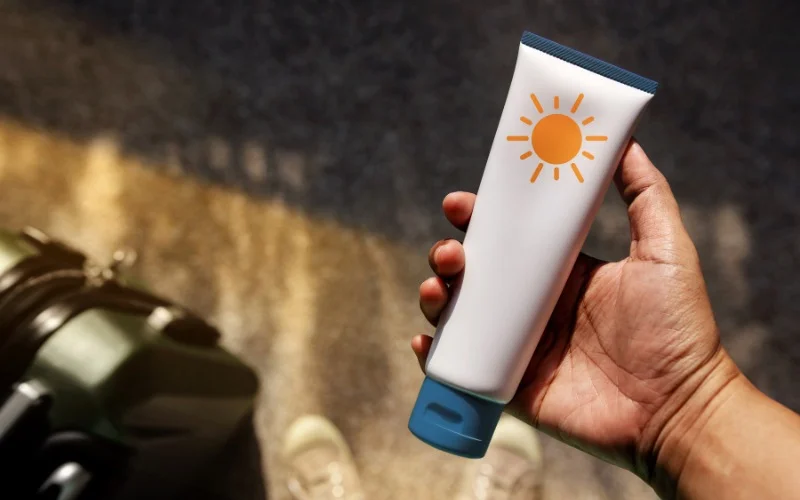
How to Sleep Comfortably After ACL Surgery
Post-ACL surgery, getting a good night’s sleep might feel like a quest for the Holy Grail. But fear not! With a few adjustments, you can turn your bed into a cozy haven of healing.
There are a few key steps to get a quality sleep:
- Maintain a calm and comfortable sleep environment. This means controlling the temperature, dimming the lights, and maybe even playing some soothing sounds.
- Moreover, try to stick to a sleep schedule. Consistency is key in signaling to your body that it’s time to wind down.
- Lastly, avoid caffeine or heavy meals close to bedtime. You want your digestive system to be in rest mode, just like your knee.
Here are some tips to help you snooze comfortably while your knee gets its much-needed rest.
The Ideal Sleeping Position
The best position is often on your back, with your injured leg slightly elevated. Think of it as positioning your leg on a gentle hill rather than a steep mountain.
If you’re a side sleeper, it’s a bit tricky but not impossible. Try sleeping on your non-operated side with pillows between your knees for cushioning and alignment.
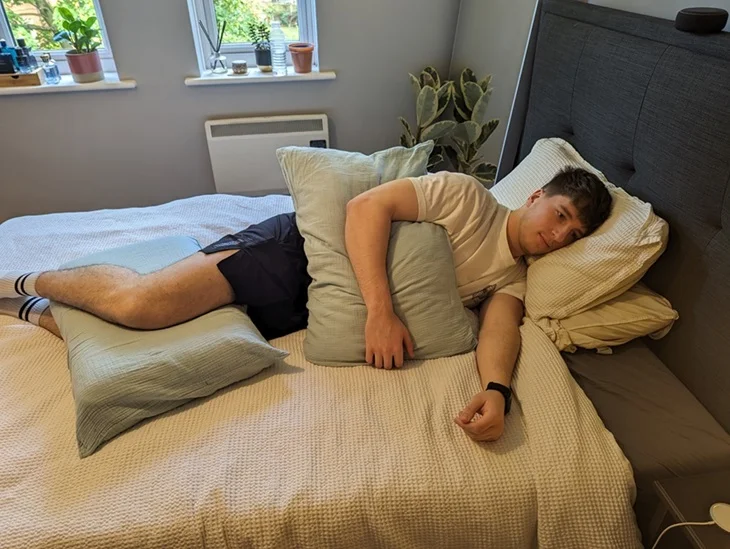
Elevating Your Leg
Elevating your operated leg is key. Use pillows or a foam wedge to keep your leg slightly raised. This isn’t just for comfort; it reduces swelling and promotes circulation.
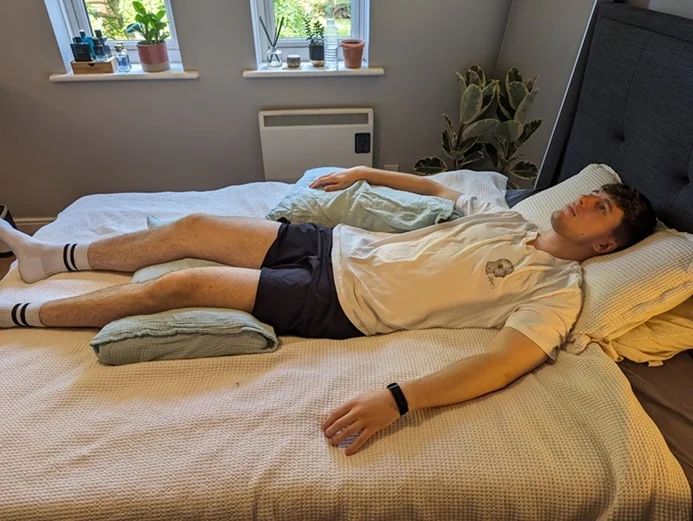
The elevation should be just right – too high, and you might feel like you’re in a leg-raising contest; too low, and it won’t be effective.
Supporting Your Healing Knee
Ensure your mattress offers good support. If it feels like sleeping on a marshmallow, it might be time to consider a firmer surface.
Consider using a body pillow or additional pillows to provide extra support and prevent you from rolling onto your operated knee.

Avoiding Excessive Walking After ACL Surgery
After knee surgery, taking those first steps can feel like a major milestone. But remember, you should avoid walking too much after ACL surgery! It’s a marathon, not a sprint when it comes to getting back on your feet.
Here are a few tips to help you get the balance right:
- Begin with short, gentle walks. Think of these initial strolls as test drives, just to see how your knee feels.
- Gradually increase the distance and duration of your walks. Listen to your body and your doctor’s advice on pacing.
- Use supportive devices if recommended by your doctor, like crutches or a knee brace. These help your knee to stay safe as you gradually increase your activity.
Let’s talk about how to walk this fine line carefully, balancing mobility and rest to ensure a smooth recovery.
Recognizing the Red Flags
- Knee pain. Pain is your knee’s way of saying, “Hey, let’s take it easy.” If walking increases your pain significantly, it’s a sign to cut back.
- Swelling. If your knee swells up after walking, it’s a clear indicator you’ve overdone it.
- Stiffness and instability. Any unusual sensations, like increased stiffness or instability in the knee, are also warning signs.
Balancing Act: Mobility and Rest:
- Rest. Rest is as important as activity. Think of it as recharging your batteries. After walking, give your knee some time to relax and recover.
- Elevation & ice. Balance your walking sessions with periods of elevation and ice (as recommended by your doctor).
- Gentle exercise. Incorporate gentle knee exercises and stretches as part of your recovery. This keeps your knee in the loop, helping maintain flexibility and strength without overdoing it.
If you’re ever in doubt about how much walking is too much, your orthopedic surgeon is your go-to guide. They can provide personalized advice based on your unique recovery progress, ensuring you walk the path to recovery with confidence.

Driving After ACL Surgery
Getting back behind the wheel after ACL surgery is a significant step towards independence. However, it’s not just about being able to drive; it’s about driving safely.
Generally, the green light for driving is given around 6 weeks post-surgery, but this can vary. It’s not a one-size-fits-all situation. Your ability to drive depends on which knee was operated on.
If it’s your left knee and you drive an automatic, you might be back sooner. If you drive stick or had your right knee operated on, the wait might be longer.
There are a few other factors that will affect how long it will take you to start driving again:
- Pain Control: If you need pain medication that can impair your reflexes or make you drowsy, it’s a no-go for driving. Your knee should not only be comfortable, but you should also avoid driving while using strong pain meds.
- Leg Function: You should be able to perform essential movements without discomfort – like moving your foot from the gas pedal to the brake quickly.
- Brace or No Brace: If you’re still using a knee brace, check with your doctor if it’s safe or practical to drive with it on.
Your recovery is unique, and so is your timeline for driving. The best advice comes from your orthopedic surgeon, who knows the ins and outs of your recovery.
Make sure to discuss with your surgeon any concerns or limitations you might have. They can perform or suggest functional tests to determine if you’re ready to hit the road.
Remember to also check with your insurance provider to ensure you’re covered to drive post-surgery.

When Can I Drive After ACL Surgery?
Driving isn’t just about mobility; it’s about safety, both for you and others on the road.
Here’s how to confidently and legally get back in the driver’s seat.
Practical Requirements
- Reaction Time: Your ability to react quickly in an emergency situation is crucial. Can you hit the brakes promptly if needed? It’s not just about moving your foot; it’s about doing it swiftly and safely.
- Endurance: Can you handle the car for the duration of your typical driving needs without knee discomfort or fatigue? You should be able to finish the journey comfortably, without putting your knee at risk.
Legal and Safety Considerations
- Doctor’s Approval: This isn’t just a formality. It’s a legal and safety necessity. Your doctor’s approval means you’re medically fit to drive, keeping you on the right side of the law.
- Insurance Implications: Inform your insurance provider about your surgery and recovery. Driving without their knowledge or before you’re medically cleared could affect your insurance coverage.
The Final Health Check
- Personal Assessment: Do a self-check. Are you confident in your driving ability post-surgery? If you’re feeling hesitant, it might be worth waiting a bit longer.
- Doctor’s Clearance: This is your final pit stop before you hit the road. Your orthopedic surgeon will assess your healing progress, pain levels, and overall functionality. Getting their thumbs-up is your green light to resume driving.
- A Trial Run: Consider doing a test drive in a safe, controlled environment before hitting busy roads. It’s like a rehearsal for the main performance.
Ensuring you’re legally and medically cleared, and feeling ready behind the wheel, are key to a safe and successful return to driving.
Your doctor’s final nod is not just a formality; it’s a crucial step in ensuring you’re ready to navigate the roads safely again.
